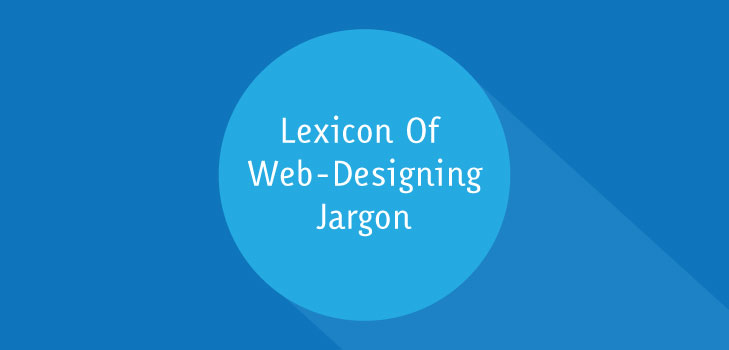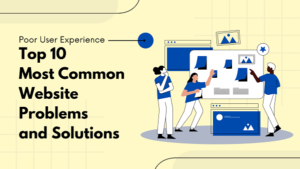It’s true that you evolve into a professional web-designer only with hands on experience in this creative field. When you kickoff with this profession, you need to take baby steps to walk the walk of designing but you can right away start to talk the talk of professional web-designer. There are few designing terms which are constantly used in the web industry, some are trending while some are long-established. You can get acquainted with those terms and begin using it in your conversation and impress the clients. Just knowing the terms is not enough, you need to know their meaning and its usage, then only you can make your conversation effective. You can gain street cred by flaunting your knowledge and this may even help you to get customers. On the other hand, even the clients can get abreast with the jargon of designing, so that they can talk professionally with the designers and understand what they utter.
So let’s explore the prominent web-designing words and sound professional from the very first day:
Vectors:
Vector graphics are visual illustrations that include geometrical shapes. Vector graphics can be extended better for larger size illustrations. Vectors are generally created by elongating the strokes from one end to another. Vector graphics are generally used to create images like icons, logos and infographics.
Bitmap:
The tiny color dots made out of pixel are well-known right from the 80s computer game design. Bitmap visuals constantly depends on resolution thus if you zoom the image to the maximum, the image gets pixelated that is you can see the color dots that cover the complete image. Photos taken on camera are the great examples of bitmap images.
Responsive:
Responsive have become a daily used word in the web industry. Due to the increasing number of internet users on mobile, responsive web designing has become quite vital. Design that is compatible with all screen resolutions is known as responsive website.
Above the fold:
Well, not only for designers but professions working on online platform should be familiar with this term. This term is picked from the traditional print newspaper’s jargon. To grab the attention of the readers on the important news, it would be printed on the front page, above the fold. Similarly in the digital world, above the fold means the part of the screen which is visible without scrolling down. The significant part of content will be placed in that space.
Negative spacing or white spacing:
Though the term is negative spacing, it is considered to be positive in web-designing. White spacing means the space left unused to air out the layout. It adds aesthetic value to the design and enhances the user experience by making the content clear and readable.
Single-page websites:
This design style is gaining lot of popularity in the web industry. Now-a-days, most of the businesses prefer single-page web-designs over multiple-page websites. Single page websites actually have only one page where the entire business is showcased. It requires proper planning to attain successful content hierarchy.
Favicon:
To make your website more recognizable, Favicons are the small images that are commonly seen on websites. It is a tiny 16 /16 pixel image, sited next to the website URL on the browser menu bar.
Parallax:
Parallax is a method that shows difference in the visible position of an object from different positions. This technique is mostly applied in scrolling which is known as parallax scrolling. In parallax technique, background, foreground and middle images are designed to move at dissimilar speeds, so that the elements on the screen appear to be moving.
Lorem Ipsum:
Lorem Ipsum, a dummy content page where assortment of texts of different sizes is used for testing. It gives you an exact idea, how the text would look in the block. It is used as a substitute text when the real text is not available.
UX:
The most trending word in the web industry, UX aka User Experience. This term is quite commonly heard in this business but now the word has shrunk and trendily called as UX. It is basically the experience of the user on the website, how they interact with the digital component. It counts their behavior, attitude and emotion.
This glossary would help you to easily understand the designing lingo. Both the designers and clients would able to communicate more professionally with the list of new as well as old designing terms.



